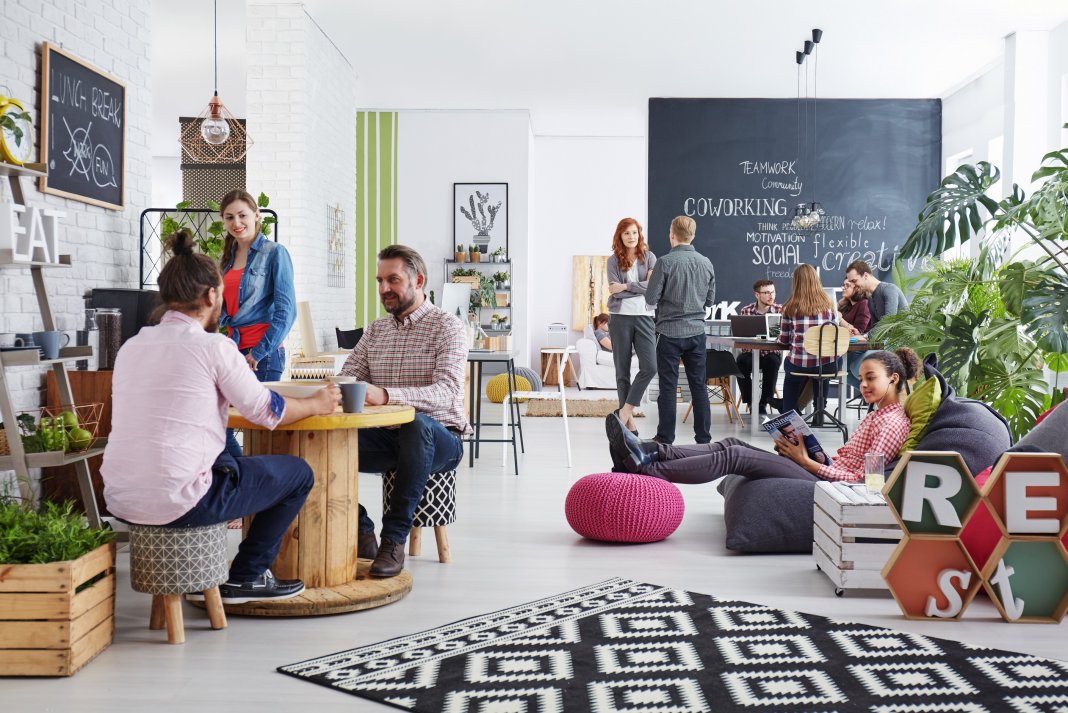Bayleys’ global real estate partner Knight Frank recently released its (Y)OUR SPACE report, which drew on responses from almost 400 international businesses. It found that within the next three years, 47 percent of firms will seek to improve the quality of the real estate they occupy, with 46 percent looking to improve the amenities available to employees within the workplace.
Steve Rendall, Bayleys national director office leasing, said amenity-rich offices were making their mark pre-pandemic as companies sought to differentiate themselves in the market and take their corporate culture up a notch.
“However, after the events of 2020 and the enforced work-from-home experiment, the office of today needs to offer tangible value to employees who have demonstrated that it is possible to work remotely.
“Employers need to look beyond merely providing desk space and a staffroom, and not only give people reasons to come back to the office, but give them an environment that supports them on many levels.
“Innovative spaces that bolster the physical and mental wellbeing of staff like collaborative lounges, breakout spaces, gym facilities – even on-site childcare – are making their way up the list of amenities that are now seen as global best practice.”
Knight Frank’s (Y)OUR SPACE report found that the top four amenities identified by at least 45 percent of respondents are all well-being related. These include healthy food and beverage offerings, the provision of gym and changing facilities, along with other amenities that support mental wellbeing.
Think dedicated rooftop gardens, meditation spaces, sleep pods, yoga classes and biophilia-related amenity for that feel-good factor. This could include plenty of natural light, loads of fresh air, green spaces, the use of natural materials and water features.
Rendall said that in a post-lockdown world, people want to feel valued and appreciated, and there is also an innate need for social connection.
“Balancing a company’s productivity goals against the well-being of its staff has been thrown into sharp focus,” he said.
“One of the world’s biggest developers, Lendlease, claims the pandemic may have shifted the dial with the physical location of an office now having less importance than the connectivity, amenity and sense of place it offers.”
Within mixed-use precincts, office workplaces are often integrated with retail outlets, hospitality/food and beverage options and fitness studios and this convenience factor is proving useful in staff recruitment and retention. Office workers can easily tick multiple life admin and recreational tasks off the list during their working day, meaning that once they get home, they can relax.
Having onsite childcare could facilitate even greater efficiencies and while many mixed-use precincts include childcare centres, globally, this is being taken further within office tower developments.
In the United States, a proposed multi-billion Child Care Growth and Innovation Fund would create an expanded tax credit to encourage companies to build onsite childcare facilities which, with the widespread uptake of more flexible work models, may encourage parents to return to the office. Rendall said whether New Zealand goes this far remains to be seen.
“But there is no question that forward-thinking developers and landlords will continue to value the availability of high-quality childcare solutions when positioning their office buildings in the market.”
www.bayleys.co.nz/workplace/office/insights
Read: Greener leases


